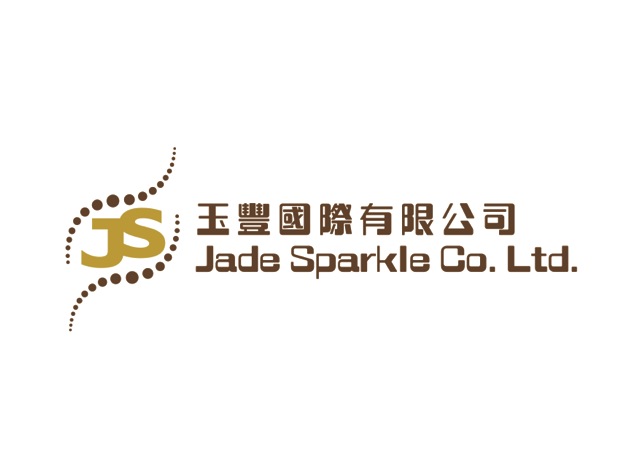With endlessly tremendous possibilities cellular therapies (developing individualized or customized treatment) are innovatively revolutionizing the practice of medicine and is thriving to be the clinical breakthrough of the millennium with immense potential for multi-billion dollar regenerative medicine market. With the convergence of inventive biotechnologies are entering a phase of exponentially explosive growth where the era of treating formerly incurable medical complications with stem cell-based therapies will become mainstream.
Human embryonic stem cells (hESC) derived from blastocyst are highly versatile and capable of morphing into fresh, new version of every type of cell and tissue in the human body. Briefly, the rationale behind cell-based therapy is to isolate such cells, selectively direct in vitro induction to differentiate into specified cells of choice, then surgically transplant into patient to replace damaged or dysfunctional tissue. Sometimes general or proprietary vectors are also used to carry differentiated cell. In our clinical studies we strongly believe more in in vivo results than in vitro outcome.
Most of the clinical studies are conducted on a specific cohort with the impression that the IND (investigational new drug) will work on other individuals as well the same way. Based on published data results have shown that many times it does not work the same way. However, published clinical data disagree with the outcome. With more than seven billion individuals (DNAs) one-size medications do not offer desired or expected results. Here comes the idea for gene therapy or an individualized treatment approach.
Vision and scientific inspiration can transpire from an accident, experimental encounter, an event or an idea. Because of ethical issues or shadowed by hidden notorious political agendas, when it comes to stem cell the pharmaceutical and biotechnology ventures are pacing cautiously in a wait-and-see mode or outsource most of the biotechnology.
Besides satisfactory treatments for chronic ailments and aging the primary goal for quality products is to turn back the clock, but what exactly is the clock and how far back can it be turned? Obviously it is not possible to turn 85 years old individual to look like a 20 years old person. However, with the present scientific advancements one can turn the same 85 years old person to look like 55-60 years old.
To us advances in medicine command courage, vision, diligence, perseverance, determination and the uncompromising ability to do where others fear and reluctant to tread. Why not, think the unthinkable. The multi-potency and proliferative capacity of hESCs and iPSCs (induced pluripotent stem cells) are envisioned to be a major promising source for patient-specific transplant therapies as autologous treatment. Therefore, derivation of patient-specific syngenic hESC lines from blastocyst produced by somatic cell nuclear transfer from donor skin cells enhanced the prospect of autologous stem cells that are likely to prevent allorecognition. Evading ethical and legal limitations for hESC and iPSC transplantation, plant stem cell based therapy is emerging as the most promising and innovative solutions for the incurable disease. We have conducted up to phase three clinical studies and have observed that the treatments were remarkably responsive with encouraging results. The studies demonstrated that certain plant stem cells in a proprietary vehicle were safe, tolerable and significantly more beneficial in contributing superior clinical efficacy to infer reverse aging, treating psoriasis, rosacea and melasma.
Diabetes: Vascular diseases are by far the major cause of morbidity and mortality worldwide. Most prominent is diabetes, a degenerative peripheral vascular disease that affects 20% of the world population causing huge burden on the healthcare system and the economy. Diabetes is a metabolic disorder related to autoimmune pancreatic β cell dysfunction, inadequate insulin secretion to prevent hyperglycemia. Although Type-1 and Type-2 Diabetes differ in their pathogenesis however, restoring β-cell is the main goal for improved therapy in both the cases. Presumably, Glucotoxicity and Lipotoxicity induce Oxidative Stress, up-regulate inflammatory Cytokines, leading to cellular damage escalating apoptosis in all β-Cells. By using plant stem cells derived from Ginkgo biloba we have obtained fool-proof promising and significantly encouraging results.
Published clinical data verified and reproduced at our laboratories have affirmed that Ginkgo-flavonol glycosides enhance β-cell self-replication or neogenesis from ductal progenitors. Thus Jade Sparkle Company limited provides efficient and risk-free management for many end-stage patients with no other therapeutic options. Not to mention offer multi-billion dollar future.
In the USA alone, the diabetes market, currently estimated more than US$40 billion a year, projecting an annual growth rate of 4.5%. Due to the failure of revascularization, more than 170 thousand amputations are carried out in the USA.
ED (erectile dysfunction). In order to avoid waiting-game and other medical limitations we have observed that plant stem cells derived from Eurycome longifolia and Trigonella Foenum-graecum have shown notably promising results. Additional data is in process to substantiate these findings. Followup clinical studies are in operation.
